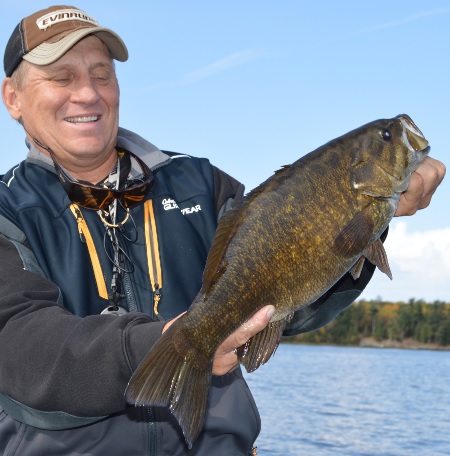 Some of the time we hear about the good old days of fishing, back in a time when the fish were bigger and there were more of them. And, while I’m sure there were times and places where the fish were larger and more plentiful in yesteryear, the reality is, the current era is pretty darn good for fishing. In fact, it’s really good, it’s outstanding. Although some of the following as to why we’re catching bigger fish is speculation, it’s very good speculation.
Some of the time we hear about the good old days of fishing, back in a time when the fish were bigger and there were more of them. And, while I’m sure there were times and places where the fish were larger and more plentiful in yesteryear, the reality is, the current era is pretty darn good for fishing. In fact, it’s really good, it’s outstanding. Although some of the following as to why we’re catching bigger fish is speculation, it’s very good speculation.
First off, we’re just better anglers, and we have better equipment. Due to the efforts of angling communicators before us, we have lots of information about fish, their seasonal movements, their preferred lure choices by season and even weather conditions. We know that usually spring walleyes like a slower presentation in shallow water near their spawning areas and that they like a jig tipped with a minnow. We don’t needed to do a lot of experimenting and trying different things. We look at a map of the lake and get a good idea of where the fish should be and we go there. And much of the time we experience success. Not always, but often.
We have more access to information, and we’re more willing to travel. We hear about a hot bite on Green Bay or Devils Lake or the Winnipeg River or Winnie, we hook the boat up and go. We can’t all do that, but you might be surprised how many do. When you put yourself on a hot bite, you’re going to catch more fish.
Our equipment is so much better today than it was just ten years ago. Sonar in particular: Sonar can show us so much of what is going on in the underwater world. No longer do we spend time fishing where there are no fish. If the sonar doesn’t reveal fish in the area we’re fishing, we fish another area.
Boats and outboards and electric motors are the same deal. We can get to off shore, far away locations where the fish are biting safer than ever.
Regulations have helped in many situations. Look at musky catches. Back in the day a thirty inch musky was legal and a big deal if you caught one. Now, in many places, the minimum legal is fifty inches, fifty four in some places, and while a fifty inch musky is memorable, they’re certainly more common than they used to be. Good numbers of anglers are taking multiple 50’s every year.
Another consideration: Longer growing seasons. In many areas, spring is coming earlier and fall is lasting longer, which gives the fish more time to grow. This has been especially notable in the Midwest and northern states. This year and last year and I can’t remember how many years prior, but fall has hung on longer, and the fish are getting bigger.
There are some trouble spots. In years past, we suggested that anglers keep panfish for the table and release the walleyes, and that probably put too much pressure on the panfish. In some places stunted panfish are too common. The same is true with northern pike.
However, we have so much to be optimistic about when it comes to fish and fishing. We might think about the good old days of fishing, but in many ways, right now are the good old days. Take advantage of them.
PHOTO CAPTION-21 inch smallmouth like this one aren’t common, but we’re catching them with much more regularity today than just five years ago. Mike Frisch caught this one in October of 2016 on Kabetogama Lake in northern Minnesota.
To see all the most recent episodes of the Fishing the Midwest television series, new fishing related tips and fishing articles from the past, go to fishingthemidwest.com If you do Facebook, check us out for a variety of fishing related things.
